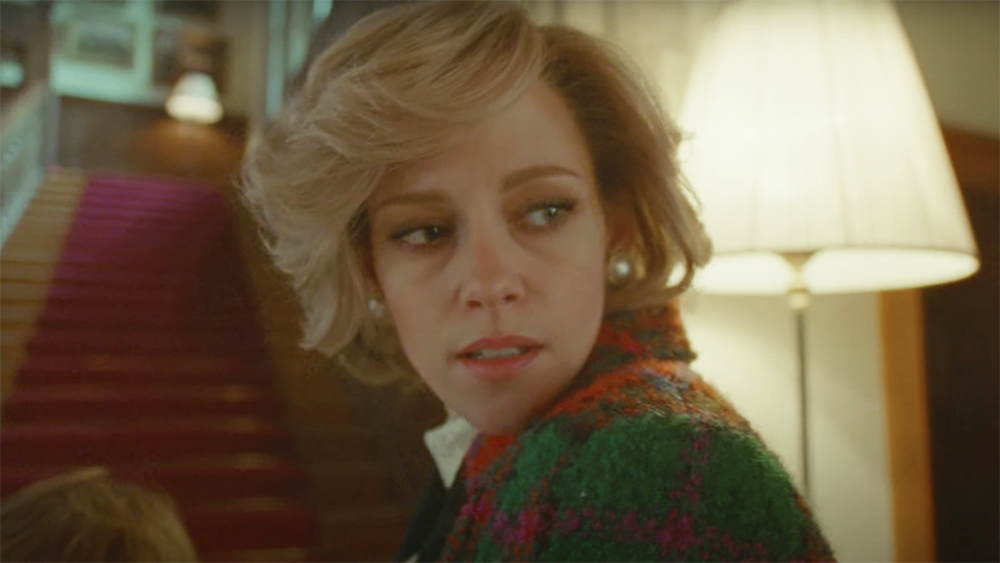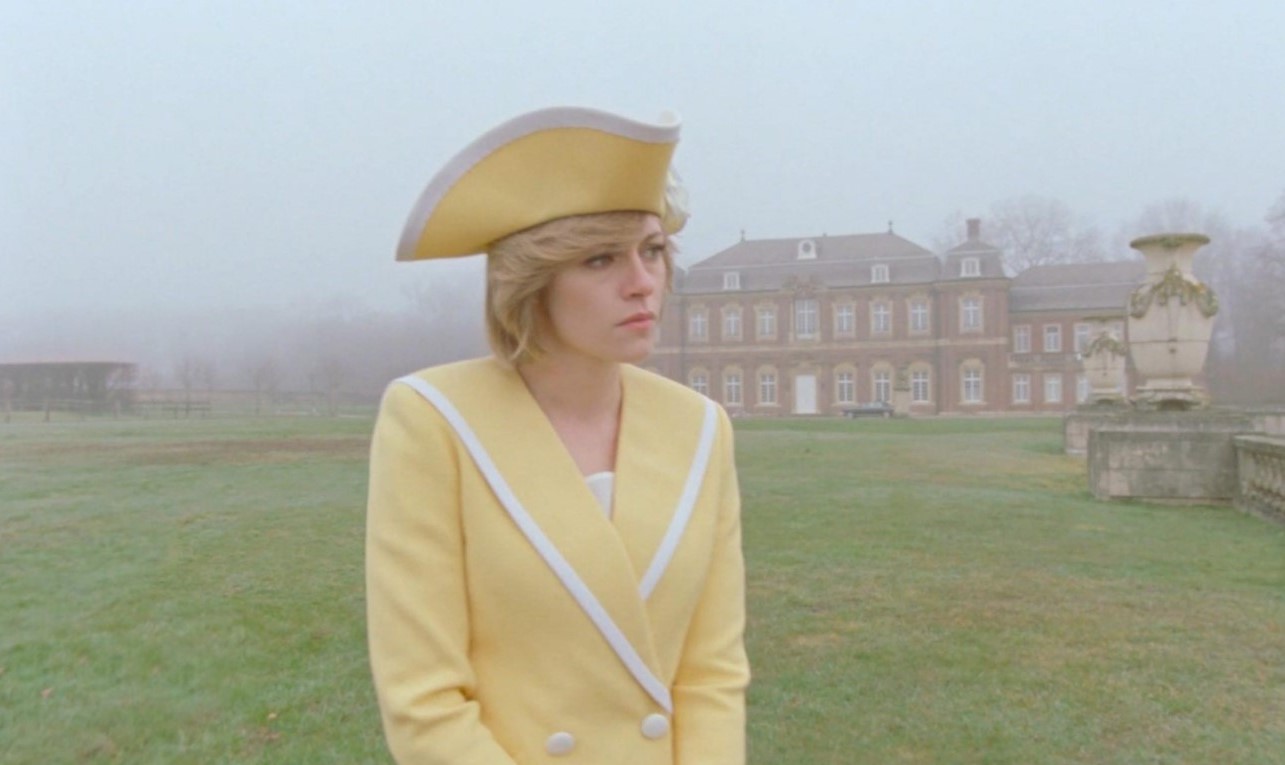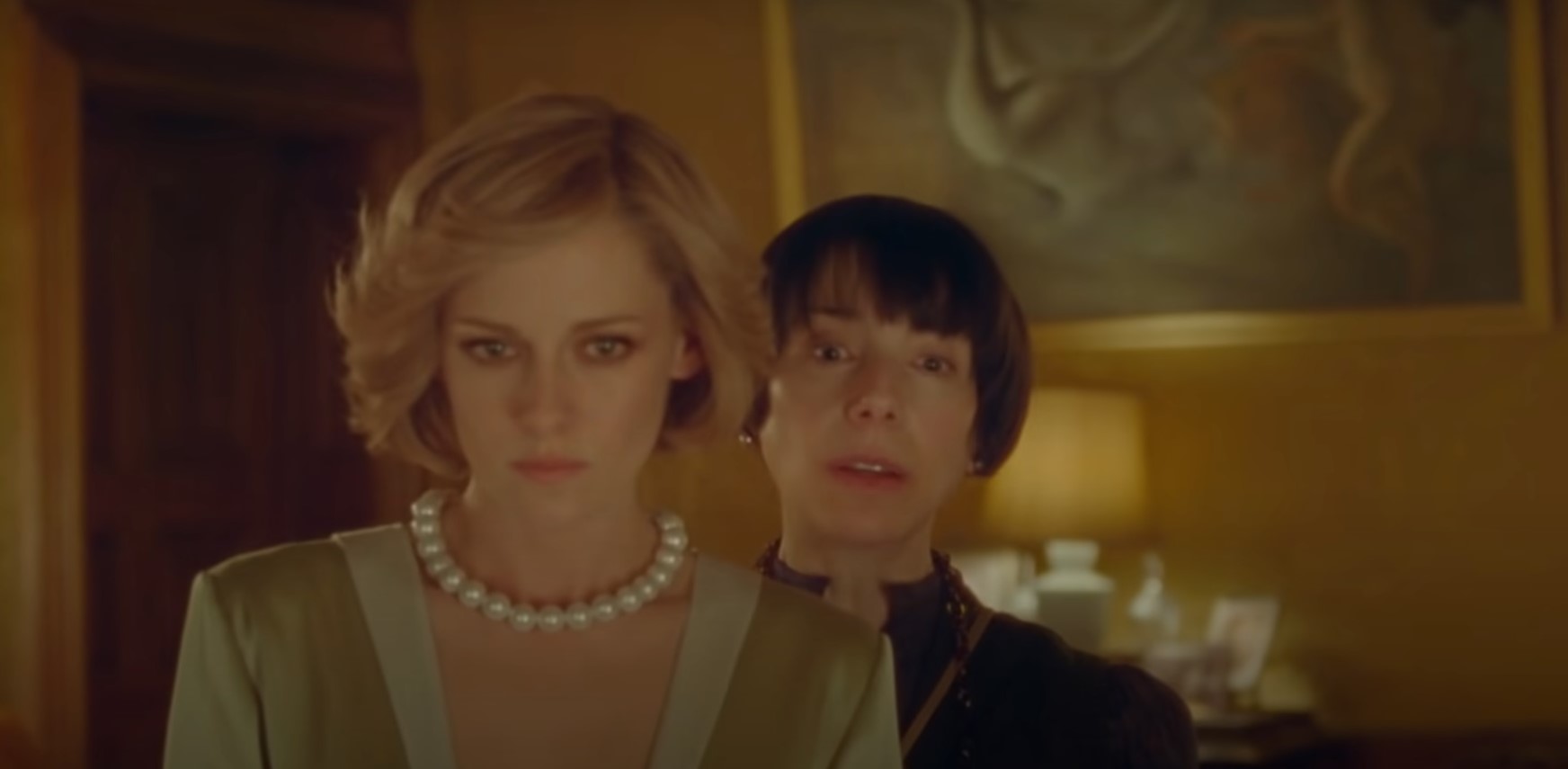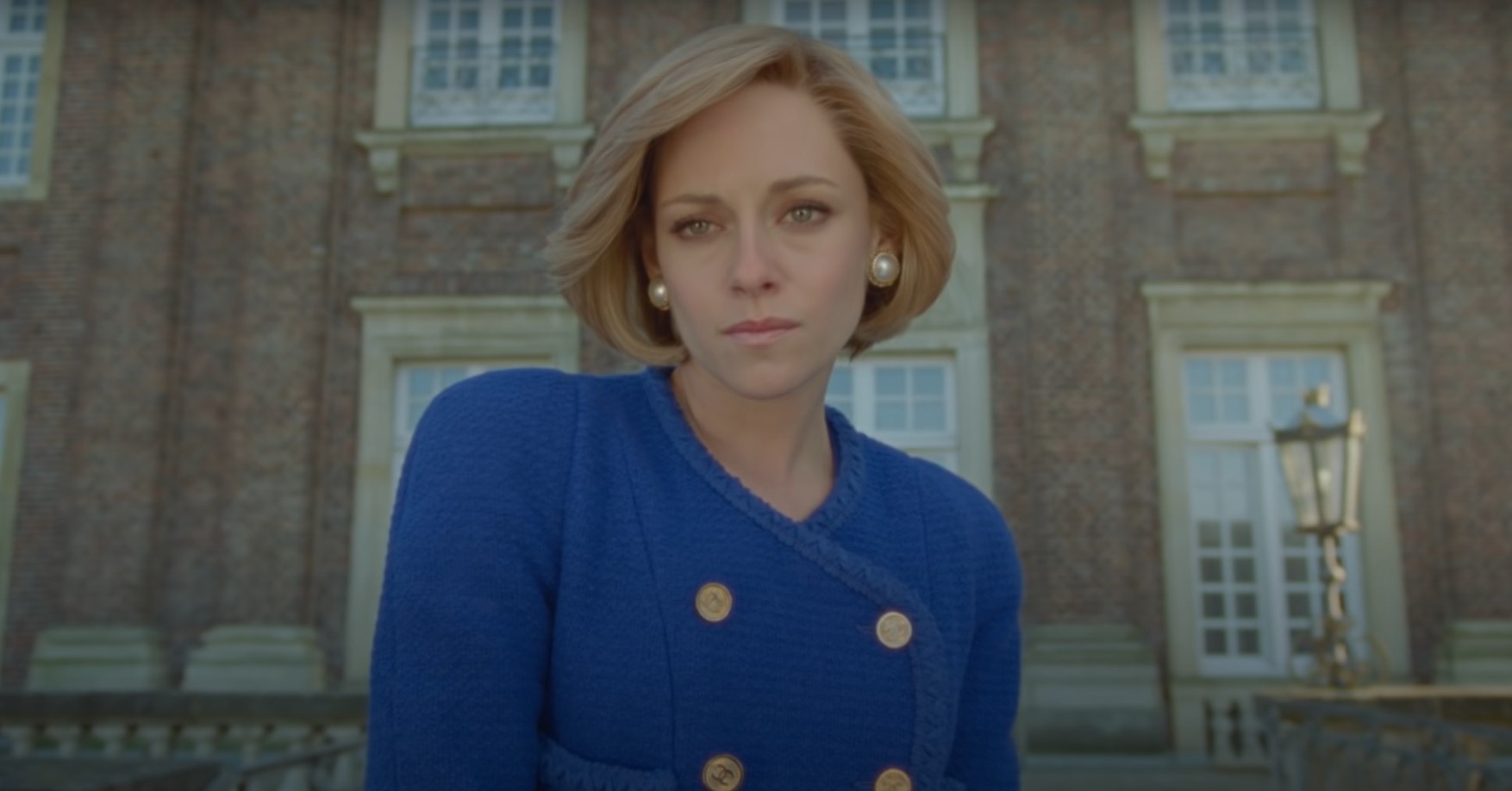Pablo Larraín’s ‘Spencer’ chronicles three days in the life of Diana, the late Princess of Wales. Set during the Christmas holidays of 1991, the psychological drama delves into Diana’s emotional state and experiences with the royal family at the Sandringham House in Norfolk. As Diana comes to terms with her suffocating reality, she decides to end her marriage.
Kristen Stewart, Timothy Spall, Jack Farthing, and Sally Hawkins star in pivotal roles. The film has garnered rave reviews for Stewart’s poignant acting as well as its storyline that attempts to capture what Diana experienced mentally as a result of her highly publicized marriage to and subsequent separation from Charles, Prince of Wales. However, many wonder how much of the film is rooted in reality and how much of it is a product of imagination. Let’s dive right in and find out if ‘Spencer’ is based on a true story.
Is Spencer Based on a True Story?
Yes, ‘Spencer’ is based on a true story. However, the biographical drama uses fiction in order to cinematically portray well-known facts about Diana’s life. In the film’s own words, it’s a “fable from a true tragedy.” It attempts to understand Diana’s mental state as an individual and is a fictionalized take on what could have happened during the Christmas of 1991. “I wanted to do a snapshot, like a paparazzi photo of her, like so many people did—and hope that within one particular weekend of pressure, stress, and joy, it was possible to find out who the human being was behind the icon,” screenwriter Steven Knight stated.

The film focuses on Diana’s emotional state during the royal Christmas gathering at the Sandringham Estate. The estate is also where Diana grew up as a child, in a rented home called Park House. However, she seems to have always disliked her family’s visits to the royal holiday gatherings. “We [Diana and siblings] were always shunted over to Sandringham for holidays. Used to go and see ‘Chitty Chitty Bang Bang,’ the film. We hated it so much. I hated going over there,” she revealed in Andrew Morton’s biography of her, ‘Diana: Her True Story.’
Although the film shows Diana deciding to end her marriage and value her own identity during the Christmas gathering, the truth seems to be that Diana went along with Charles’ decision to get divorced. Upon being asked about her feelings regarding the legal separation in an interview in 1995, she stated, “Deep, deep, profound sadness. Because we had struggled to keep it going, but obviously we’d both run out of steam. And in a way, I suppose it could have been a relief for us both that we’d finally made our minds up. But my husband asked for the separation and I supported it.”
However, it is true that she was unhappy in her marriage with Charles. “Well, we had unique pressures put upon us, and we both tried our hardest to cover them up, but obviously it wasn’t to be,” she stated. She was also troubled by the blinding media attention she received and the royal duties she had to carry out despite her internal struggles. “I felt compelled to perform. Well, when I say perform, I was compelled to go out and do my engagements and not let people down and support them and love them,” she revealed.

The film also explores Diana’s struggles with bulimia and self-harm; there are scenes wherein she binges and purges in the bathroom. These too are based in reality. “I had bulimia for a number of years. And that’s like a secret disease. You inflict it upon yourself because your self-esteem is at a low ebb, and you don’t think you’re worthy or valuable,” confessed Diana. Talking about her self-harm, she said, “So yes, I did inflict upon myself. I didn’t like myself, I was ashamed because I couldn’t cope with the [royal and media] pressures.”
Diana confirmed that it certainly was her troubled marriage to Charles as well as his affair with Camilla Parker Bowles that led to her mental anguish and eating disorder. “Well, there were three of us in this marriage, so it was a bit crowded,” she famously stated. She added that the “rampant bulimia” she experienced was due to “a husband who loved someone else.”
The film also explores Diana’s difficulty in coping with extensive royal rituals, such as the weighing ceremony and mandatory frequent outfit changes. Whilst some of the scenes — from Diana’s interactions with the ghost of Anne Boleyn to her imagining ripping off her neck the pearl necklace gifted by Charles to both her and Bowles — are purely imaginative, others are more or less rooted in what actually happened in her life.

Whilst most of the characters in ‘Spencer’ are based on real-life figures, some are a fictitious amalgamation of a bunch of influential presences in Diana’s life. For example, the intimidating character of Equerry Major Alistair Gregory, who lives by the queen’s words and strictly follows protocol, seems to be based on a number of individuals who were tasked with maintaining order and keeping the media away from the royals.
Diana’s royal dresser and confidant in the film, Maggie, seems to be based on a real-life figure whose identity is kept under wraps. “I have to tread very carefully when talking about specifics because I got the information from people who were there on the understanding that there was no specific identification of anyone. I will also say that those things that seem the most obvious are true,” said Knight.
The film prioritizes Diana’s role as a mother even as it focuses on her troubles with the royal family. “I did this movie out of respect and love for their [William and Harry’s] mom and for my mom. It’s a mom’s movie,” stated Larraín. “We just really admire this person [Diana] and were curious what it felt like on the inside,” said Stewart.
‘Spencer’ thus takes pivotal aspects of Diana’s life and personality and immortalizes them in the cinematic medium through dramatic and imaginative storytelling. The film is a fascinating character study and a deeply sentimental tale about a princess’ fight for her identity and freedom.
Read More: Where Was Spencer Filmed?


You must be logged in to post a comment.